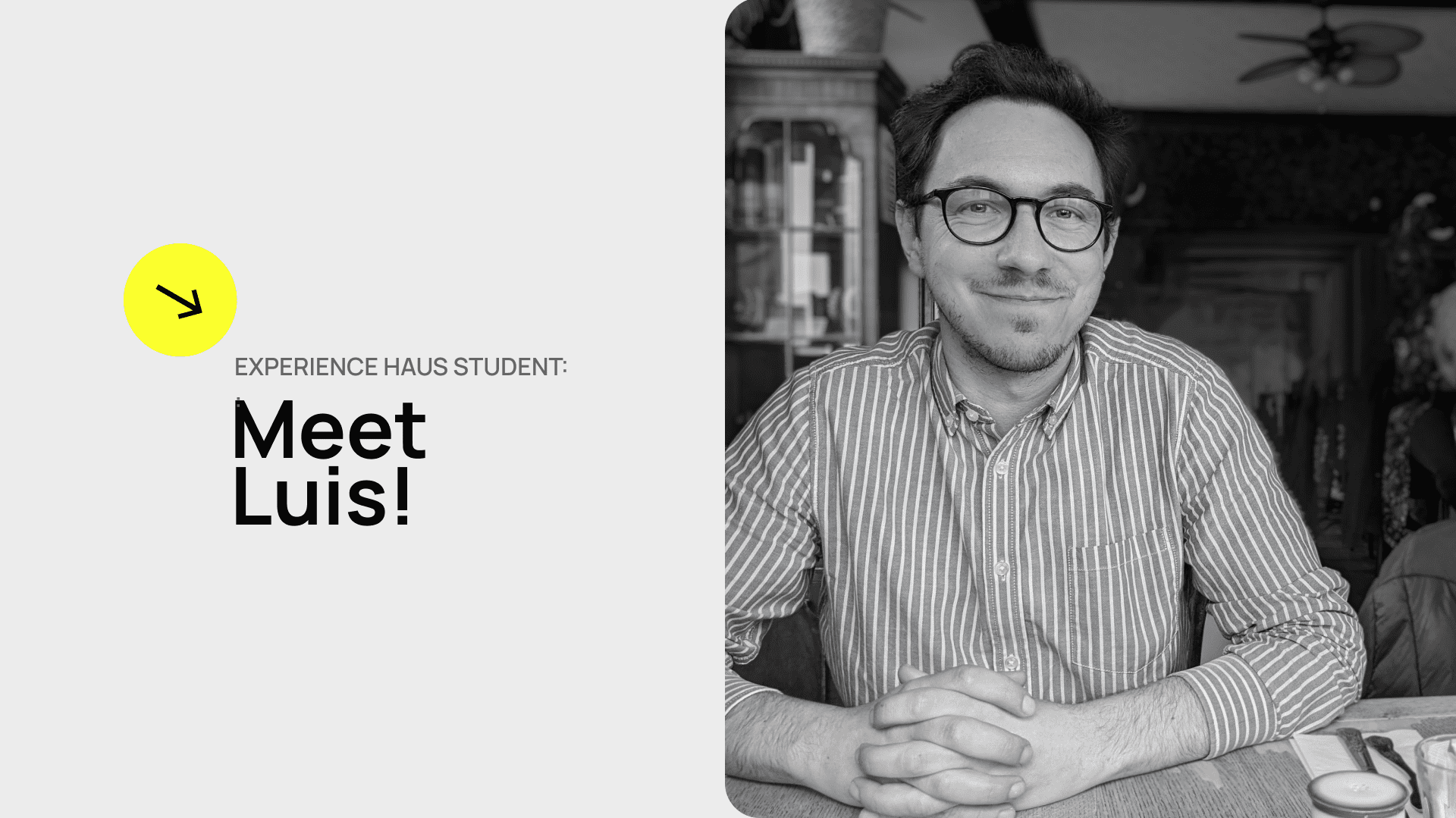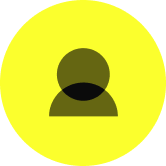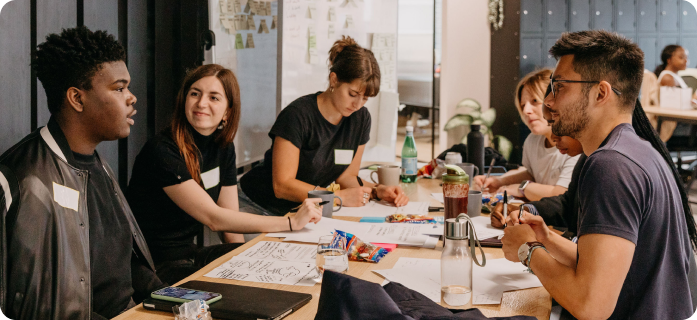Student Success Story: Luis Montanha
Luis completed our 12-week part-time online Service Design course in July 2023 and he has recently landed a Service Designer role at TPXimpact.
We caught up with him recently to see how the course helped him achieve his goals and if he has any pearls of wisdom for any budding service designers.
Tell us a bit more about what you were doing before you decided to pivot into design?
I had just been made redundant and found myself at a crossroads in my career. Despite the initial shock, I saw it as an opportunity to reassess my priorities and overall perspective on work. After a period of self-reflection, I decided to enrol in a Service Design course at Experience Haus.
How was training at Experience Haus different from other providers ?
There were a couple of reasons that made training at Haus stand out from other providers. Firstly, the small class setting. For many career switchers like me, starting over isn’t easy and getting attention and support from your instructor is key to keep you engaged and motivated to do the work.
Secondly, the opportunity to work for a real client. For someone now in a consultancy role, this exposure was invaluable. Stakeholder management is widely considered one of the most crucial skills in the consulting world, and this course provided me with firsthand experience in it.
Finally, the flexibility it offered, which allowed me to balance my studies with work – a stark contrast to some courses that demand a full-time commitment and leave little room for anything else.
What was the highlight of your course?
The hands-on nature of the course, as it provided a more practical and immersive learning experience. I’m not going to lie that at times it felt a bit daunting, but proved to be the most effective way to build a real understanding of the frameworks and mindset of a Service Designer.
What was the most challenging part of your learning experience?
Learning how to effectively collaborate with other team members. There were a lot of uncontrollable variables, which are particular to training courses with a more flexible structure. We would have benefitted from having someone responsible for leading the project, for example. Having no well-defined roles and responsibilities was initially difficult, but ultimately offered invaluable lessons in teamwork.
Job Hunting & Your New Role
Where is your current job and what is your role?
I’m part of the Design Academy at TPXimpact and joined as a generalist. This means getting exposure and working on a variety of domains, including research, service design and content design for public and third-sector organisations.
How did you find the job search process after you finished the course?
Navigating the job search post-course was initially challenging, especially as a career switcher. However, the timing worked in my favour. The majority of graduate positions, apprenticeships and traineeships began in September, which aligned pretty nicely with the end of my training at Experience Haus.
What did a typical working day look like for you two years ago?
Two years ago I was working as an Operations Coordinator in the Talent Acquisition department of a major technology company. I boosted efficiency by refining internal processes and leveraged technology to enhance the experience for both candidates and stakeholders.
What does a typical working day look like for you now?
Far from typical! One day might involve intensive research sessions, while the next could be centred around writing a blog piece. It’s all been designed to help us expand our skillset through immersive experiences and a hands-on approach. So much so that I’ve already got a client presentation and a service assessment under my belt (and it’s only been 8 weeks or so!)
What are your top 3 tips for preparing for a design interview?
Getting to the interview stage depends on how effectively you present yourself on paper, so I’d like to share something before I move on to my top tips: Read about the best antidotes to the F-shaped pattern when designing your CV. Remember that recruiters might not have the time to read every detail, so prioritise key information, use concise language and format it properly. As Nielsen Norman Group say, “do all the work for the users instead of forcing them to take bad shortcuts.”
Here are my top 3 tips:
- Connect with design professionals through informational interviews, and don’t limit yourself to only senior designers and researchers. Everyone will have a unique perspective to share with you. Informational interviews can help you gain an understanding of the real-life experiences of individuals working in a field or company that interest you.
- Bring the interviewer on a journey with you – tell a story. A story not only shows your skills in a context, but also creates a memorable connection with your interviewer. If you find it challenging to craft a story, consider checking out Storyteller Tactics Deck.
- Articulate the impact of your project when presenting a case study. Did you test it with users? Did you receive client feedback? Did you measure it against any business metrics? If not, outline exactly what your next steps would be instead.
What advice do you have for anyone breaking into the industry? Is there anything you wish you’d known when you were first starting out?
My advice to anyone breaking into the industry is to make friends, not contacts. Networking played a crucial role in helping me land a job at TPXimpact. The proactivity I demonstrated by putting myself on the radar of the hiring manager had a real impact. And believe me…I didn’t buy into any of this before!




